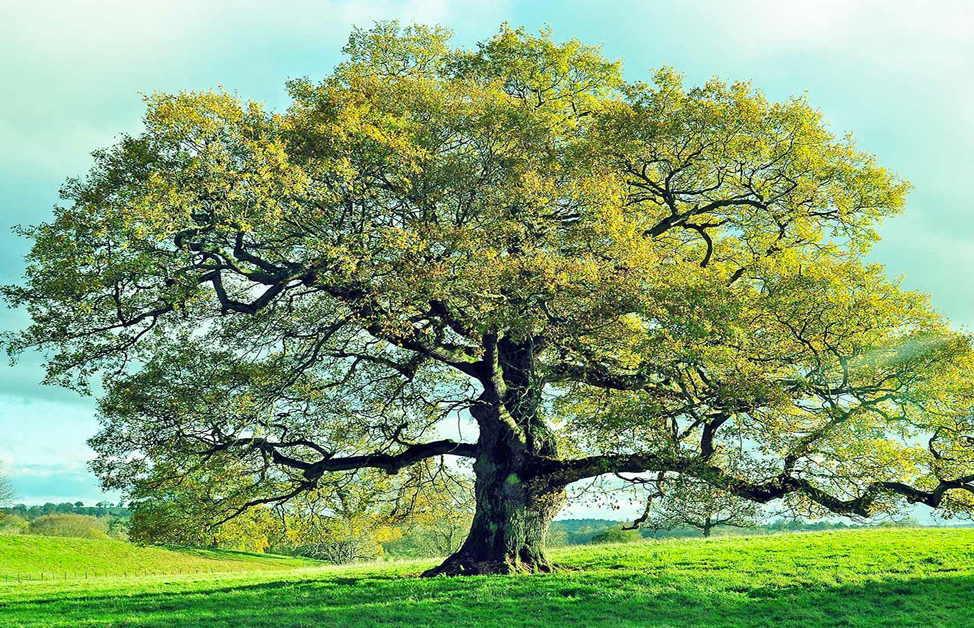In this article, we will explore the history and significance of the Antigua and Barbuda National Tree, its physical characteristics, and its role in Antigua and Barbuda’s ecosystem. We will also answer some frequently asked questions about this tree and provide relevant references for further reading.
Antigua and Barbuda is a beautiful twin-island country located in the Caribbean region. The country is home to a rich diversity of flora and fauna, and one of its most prized possessions is the Bucida buceras, also known as the “Black Olive” tree. This tree is not only an important national symbol but also has several unique features and benefits.
History and Significance of the Antigua and Barbuda National Tree
The Bucida buceras has been officially recognized as Antigua and Barbuda’s national tree since 1981. It is believed to have originated in the Caribbean region, including Antigua and Barbuda, and is also found in other parts of the world, including the Americas, Africa, and Asia.
This tree has significant cultural and historical importance to the people of Antigua and Barbuda. In the past, the tree was used for several purposes, including the production of charcoal, which was used for cooking and other domestic purposes. The tree’s wood was also used for making furniture and buildings, including the construction of traditional Caribbean homes.
Physical Characteristics of the Antigua and Barbuda National Tree
The Bucida buceras is a tall, evergreen tree that can grow up to 60 feet in height. It has a dense and broad crown, with dark green, glossy leaves that are elliptical or ovoid in shape. The tree produces small, white flowers that bloom in clusters during the spring and summer seasons.
One of the most unique features of the Bucida buceras is its root system, which is deep and extensive, making it well adapted to survive in areas with poor soil and limited water resources. The tree’s roots are also strong and can help prevent soil erosion, making it an important species for the preservation of Antigua and Barbuda’s natural habitats.
Role of Bucida buceras in Antigua and Barbuda’s Ecosystem
The Bucida buceras plays a vital role in the ecosystem of Antigua and Barbuda. Its extensive root system helps to prevent soil erosion, making it particularly important in areas prone to land degradation. The tree also provides shade and habitat for several bird species and other wildlife, making it a valuable component of the country’s biodiversity.
Additionally, the Bucida buceras helps to mitigate the effects of climate change by absorbing carbon dioxide from the atmosphere. The tree also has medicinal properties, and its bark and leaves have been traditionally used to treat a range of ailments, including coughs and skin infections.
Frequently Asked Questions (FAQs) about Bucida buceras
Q: Is the Bucida buceras endemic to Antigua and Barbuda?
A: No, the tree is found in several other countries in the Caribbean region and beyond.
Q: What is the significance of the Bucida buceras to the people of Antigua and Barbuda?
A: The tree is an important cultural and historical symbol, and its wood and charcoal have been used for several purposes in the past.
Q: How can the Bucida buceras help mitigate the effects of climate change?
A: The tree absorbs carbon dioxide from the atmosphere and helps to reduce the amount of greenhouse gases in the atmosphere.
Q: Is the Bucida buceras threatened or endangered?
A: No, the tree is not currently listed as a threatened or endangered species.
References
- “Antigua and Barbuda National Symbols,” Government of Antigua and Barbuda, accessed April 29, 2023, https://www.ab.gov.ag/article_details.php?id=56.
- “Bucida buceras,” International Union for Conservation of Nature (IUCN) Red List of Threatened Species, accessed April 29, 2023, https://www.iucnredlist.org/species/61924332/61924418.
- “Antigua and Barbuda’s National Tree, the Black Olive Tree,” Antigua and Barbuda Tourism Authority, accessed April 29, 2023, https://www.visitantiguabarbuda.com/antigua-and-barbudas-national-tree-the-black-olive-tree/.

